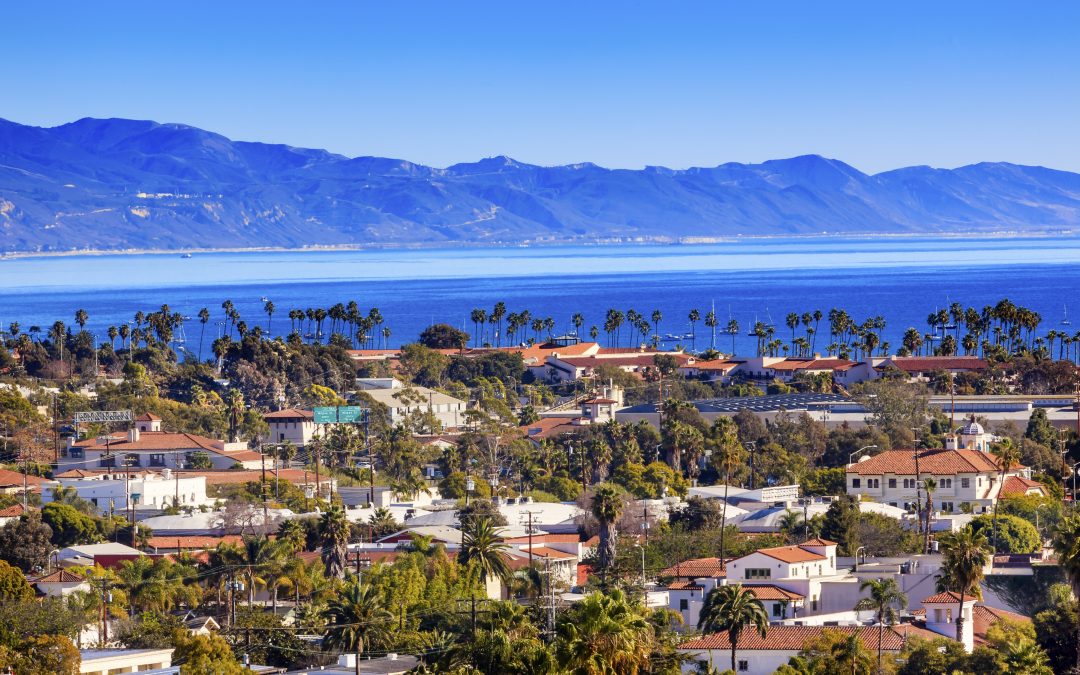Living in the Pacific NW is great. As one of the most beautiful areas in the United States or maybe even, the world, we are surrounded by snow-covered mountains, Puget Sound, Lake Washington, Lake Union and everything is green. When my cousin comes to visit, he always asks, “What do you do with all of this water? Do you spray paint everything green or what?” He lives in Las Vegas, Nevada.
When you mention Seattle to many people in the United States, they immediately ask “How I do you handle all of that rain?” (To date, we have had over 21 inches of rain!) And even though it has warmed up, some people are still complaining about “achy joints” that they associate with the weather. When summer hits and we don’t have rain, everyone is happy – warm, dry and they physically feel good!
London has a similar amount of rainfall to Seattle, but their humidity tends to be much higher. All too often, chronic pain sufferers living in London were sure that humidity was responsible for their pain, only to be told by doctors that it “was all in their head”. Recently, however, British researchers have found that low atmospheric pressure, high humidity, heavy rain and strong winds ARE associated with increased pain.
Research led by William Dixon, director of the Centre for Epidemiology Versus Arthritis at the University of Manchester, recruited more than 13,000 people living with chronic pain conditions to take part in a 15-month study that kicked off in January 2016. The program was nicknamed “Cloudy with a Chance of Pain”. The people who participated downloaded a smartphone app that tracked their location and recorded the local weather. Each day, the participants reported on the app, their pain level, their mood, how they slept and how much time they had spent outdoors.
Data collected has been published in two journals so far. The Bulletin of the American Meteorological Society looked at a group of more than 10,000 people and compared conditions on days when a lot of people reported pain to days when few people reported pain. Digital Medicine published a paper looking at nearly 2,700 people who reported how they managed day-to-day through changing weather. Both studies found people suffer more during periods of lower atmospheric pressure, higher humidity and stronger wind. The meteorological study also showed a link with amounts of rain. Low pressure was the most common source of pain. Now they are trying to analyze why this relationship between pain and the weather, so more to come.
As chronic pain sufferers get older, they may begin to look for a new place to live. Seattle isn’t one of those cities usually chosen to live where there is high atmospheric pressure, no rain, low humidity or wind. So where do you move? The best weather cities:
Least Humidity –Las Vegas – the average relative humidity here is 30.3% (www.clever.com/realestate).
Least amount of Rain- Las Vegas– 4.3 inches per year. (www.currentresults.com).
Least amount of Wind – Catalina Foothills, AZ – an average wind speed of just 1.1 MPH throughout the year (
kurz.com).
Which city has the best year-round weather in 2019? Santa Barbara, California (
USNews.com/realestate)
If you would like to learn more about Pacific Rehabilitation Centers, please
read more about us or
contact us.
